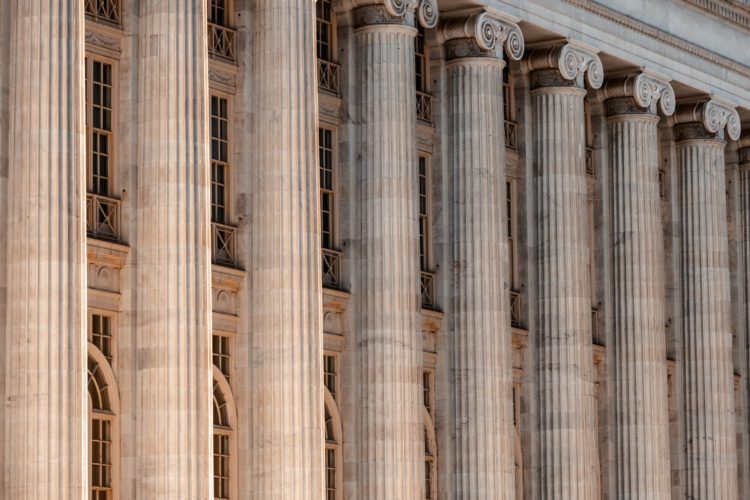By Jacqui Banaszynski
Honorable readers, the writer stipulate: I once dreamed of attending law school.
I took a few pre-law courses in college before reality, aka economics, led me away from more student debt and towards a reliable paycheck after graduation. I further stipulate, sadly, that a paycheck in newspaper journalism is hardly a reliable thing anymore. And even in my era, most journalists lived on a ground-beef budget versus the filet mignon income of big-dog lawyers.
I don't, for a hot second, regret the road taken. The thought of day after day in an office couldn't hold a Bic lighter to life in the field — from state fairs to state legislatures, from beauty pageants to popes, from Africa to Antarctica. I wrote more than my share of mundane weather stories and dreary planning commission debates — but then a wildfire or dogsled adventure would come along to break up the boredom.
I admired the specialized beat reporters who knew their worlds so deeply that they were never adrift. Their work was authoritative, clear and, at times, ahead of events; they could anticipate rather than just react. They seemed in something akin to control. I spent stints as one of them on tours through city, county and state government, labor and workplace, energy and environment, cops and courts. For a time, my aspirations switched from studying law to covering it, ideally at the Supreme Court level.
But my penchant was for general assignment — exploring the most interesting story winking that day, regardless of subject. That can leave a reporter at the mercy of editors scrambling to fill space or time. But for me, variety eclipsed the steadiness of beat reporting. Even when I moved to office-bound editing, my work days were as unpredictable as the news. As both reporter and editor, I thrilled at the challenge of spinning a so-so assignment into something fresh and surprising. Maybe living on a ground-beef budget teaches you to do that.
Beats have been rethought over the years, with attempts to shed institutional bonds and define them more broadly. Example: Values rather than religion; public safety rather than police. The New York Times has beats defined as broadly as Big Ideas and Modern Love. I thought it would be fun to shape a beat called Change — as long as I could also write about things that resisted change. Wouldn't that mean I could cover anything and everything? And wouldn't that be, um, general assignment — but with me assigning myself?!
A supreme institutional beat
Some traditional interests sustain, though, and for me an enticing one would be courts. When I've counseled younger journalists about grounding their early careers, I've urged them to spend time covering courts. Some roll their eyes: How boring could that be? Oh no, I tell them. If you spend time in courts, at least in the United States, you learn how all our foundational and often messed-up civic systems work: business, politics, money, education. Beyond that, you see the intersection of those systems with values, emotions and personal lives, with race, class, religion and even sex. History is adjudicated in the courts, as is the future. In other words, it is, in these dis-United States, the nexus of society.
All that led a four-part series of Storyboard Q&As with reporters who specialize in covering the U.S. Supreme Court. The idea came from contributor Trevor Pyle, who has been fascinated by the accuracy, authority and speed of top Court reporters working under intense pressure. He reached out to several reporters who cover the Court for national masthead news organizations. He scoured for diversity of style, race and gender. But these are pressured times on the high court; many he asked said they were simply too busy.
My gratitude to the four who did answer his questions.
They don't, alas, represent diversity of race or gender, something Pyle and I fretted over. Maybe that's a reminder of those institutional biases that still hold sway in many arenas. But they certainly offer diversity of publication and approach. I was struck by both the continuity and the variety of what they had to say about how they cover this most essential of civic beats. All spoke to the unprecedented level of public interest in the Court's personality, process and decisions during the last few years of political turmoil. Bottom line for all: What the U.S. Supreme Court decides shapes society and affects all of us day-to-day in the way no other institution does.
If you're not as fascinated with the courts as I am, then read these for the valuable lessons that can be applied to any subject or story. |
|

